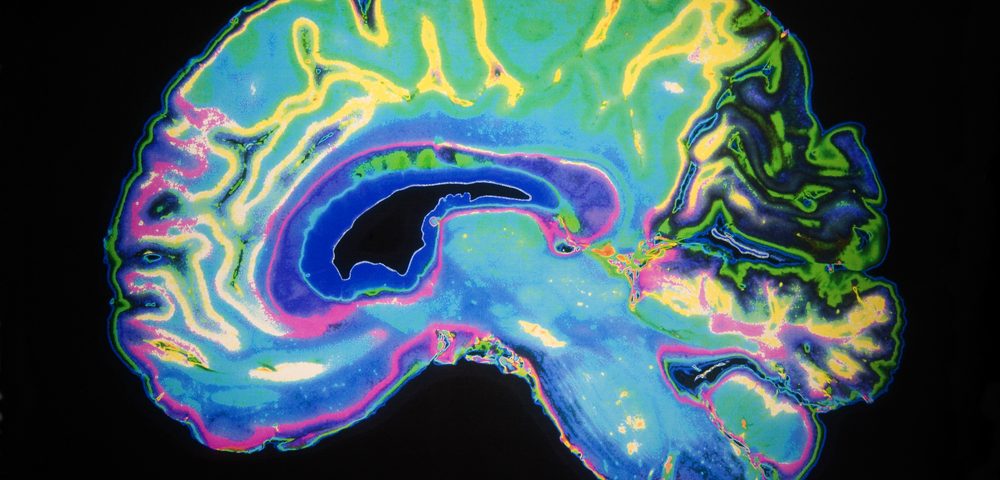Researchers involved in former President Barack Obama’s 2013 BRAIN initiative have developed three new imaging techniques that let scientists explore the brain in much more detail than ever before possible. This may lead to greater understanding of epilepsy and other neurological problems, as well as potential new treatments.
The National Institutes of Health launched the Brain Research through Advancing Innovative Neurotechnologies (BRAIN) initiative in 2014 with a $434 million budget. With the initiative now completed, scientists showcased its results at the Feb. 16-20 annual meeting of the American Association for the Advancement of Science in Boston.
The first of three technology products presented was Scape — a technique for high-speed 3D microscopy of brain structures that allows researchers to study individual neurons in some of the smallest structures known to man, such as the brain of a fruit fly.
“You can see actually flashing green as the brain is telling the body to move,” Elisabeth Hillman, a Columbia University professor of biomedical engineering, said in a press release. “We can image every single neuron in the entire brain of these organisms, which was never possible to do before.”
The second product presented at the AAAS meeting was a newly patented portable MRI device that may allow for new mobile diagnoses. Patients can wear the device — no bigger than an American football helmet — on their head without interfering with mobility. Known as an ambulatory microdose positron emission tomography (AM-PET) helmet, it can peer deep into the brain’s structures, as opposed to its older predecessor, the MRI scan, which could only scan the brain’s surface. This can be particularly useful for scanning patients with strokes, epilepsy or other traumatic brain injuries caused by extreme sports or on the battlefield.
“A lot of important things that are going on with emotion, memory, behavior are way deep in the center of the brain… areas we can reach with our technology,” said Julie Brefczynski-Lewis, a West Virginia University assistant professor of research. “So you can get the instructions in the brain that are important for walking [and] for balance. Eventually, we will be covering the entire brain from top to bottom.”
Finally, a third non-invasive product will activate or fire neurons from a remote location using radio waves and magnetic fields. Activating neurons in specific locations of the brain could help scientists discover new treatments by identifying exactly which cells are involved in which diseases. This technology could improve the accuracy of deep-brain stimulation by electrical impulses which are currently used to ease symptoms of Parkinson’s disease.


